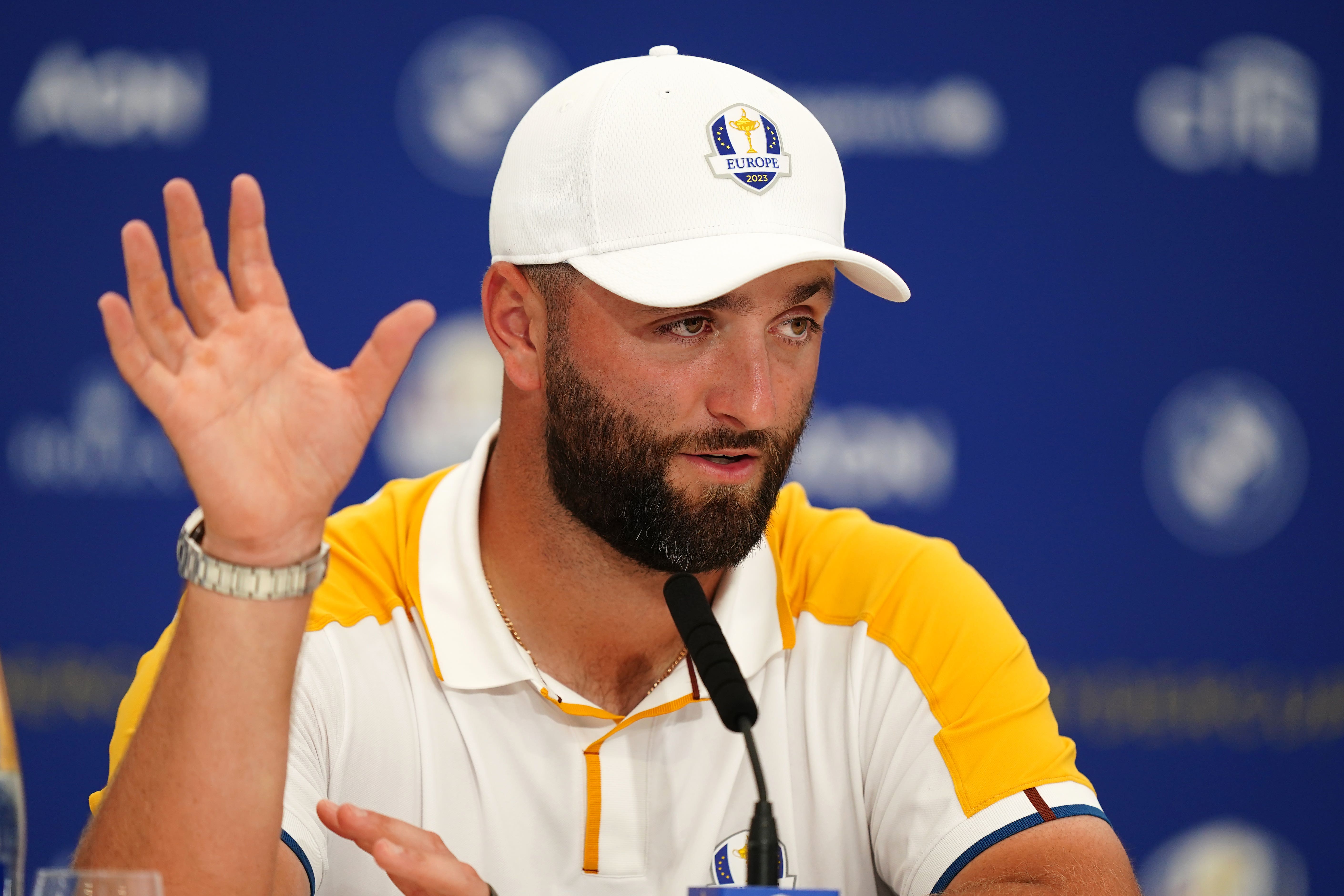Some of the key questions after Jon Rahm’s LIV switch
Rahm’s decision to join the Saudi-funded breakaway represents a huge U-turn and deepens the divisions in the men’s professional game.

Masters champion Jon Rahm has become LIV Golf’s most significant signing since it launched just 18 months ago.
The world number three’s decision to join the Saudi-funded breakaway represents a huge U-turn and deepens the divisions in the men’s professional game.
Here, the PA news agency looks at the background to the move and what could happen next?
Has Rahm always been interested in LIV Golf?
While players like Rory McIlroy openly voiced their opposition, Rahm was always more measured in his comments, making it clear he felt LIV players should be allowed to play in this year’s Ryder Cup and saying he did not blame two young compatriots David Puig and Eugenio Chacarra for cutting short their college careers to take the money on offer. However, he did pledge his loyalty to the PGA Tour in February last year, criticised LIV’s 54-hole, no-cut format and insisted he played golf to make history, not money.
So what changed?
The Framework Agreement between the PGA Tour, DP World Tour and Saudi Arabia’s Public Investment Fund (PIF), which bankrolls LIV, appears to have been the catalyst. All the players were blindsided by the sudden announcement of a potential peace deal on June 6, with Rahm revealing he was making breakfast when he heard the news and feared his phone was “going to catch fire” as texts and calls streamed in. A week later at the US Open, Rahm described it as a “bombshell” and admitted many players felt a “bit of betrayal from management”. That no doubt caught the attention of those in charge of LIV, who eventually made Rahm an offer that he felt he could not turn down, even if it meant risking his Ryder Cup future.
What is the situation with the Ryder Cup?
As long as he remains a DP World Tour member by playing in at least four regular events a season, Rahm will be eligible to try to qualify for the Ryder Cup or receive a wild card from captain Luke Donald. However, he will face fines and suspensions for playing in LIV tournaments without the required “conflicting event” releases from the DP World Tour. McIlroy has already stressed the need for Rahm to be on the team which will try to retain the trophy at Bethpage Black in 2025, leaving the DP World Tour in a potentially awkward position.
How many more players will now join LIV?
Plenty of names have already been linked with jumping ship, although Poland’s Adrian Meronk was quick to quash rumours suggesting he would be among them having only recently earned his PGA Tour card. A place on Rahm’s team, which has yet to be determined, would certainly be appealing financially and they would not come in for the same level of scrutiny and criticism as the two-time major winner.
What happens next?
Of course there remains the possibility that the Framework Agreement leads to a definitive deal between the rival factions and that players will be free to compete wherever they wish. PGA Tour commissioner Jay Monahan and PIF chairman Yasir Al-Rumayyan are due to meet shortly in pursuit of a deal before the deadline of December 31, which can be extended. However, if either party walks away, with private equity potentially offering the PGA Tour alternative funding sources, the game could be split once again and face years of further acrimony and upheaval.
Bookmark popover
Removed from bookmarks